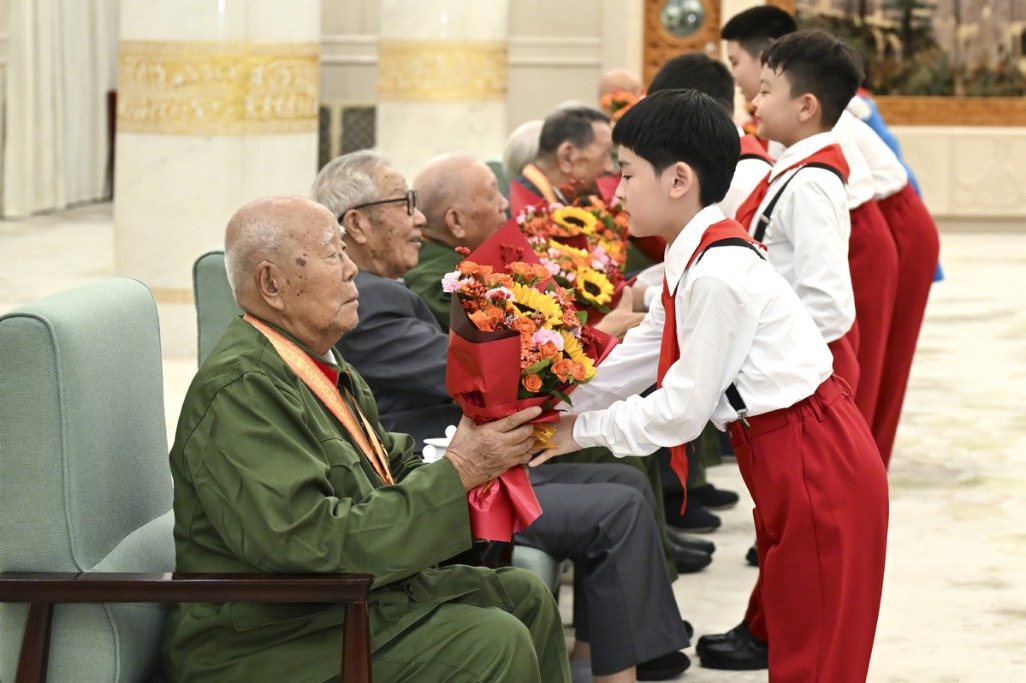3,000-year-old village ruins discovered in China

HOHHOT - Chinese archaeologists have discovered the ruins of a Bronze Age village dating back more than 3,000 years in Chifeng city, North China's Inner Mongolia autonomous region.
Located to the west of a village, the ruins cover an area of around 15,000 square meters.
Three tombs including a joint burial were found, together with some pottery and two ditches. Excavation work is under way.
Cao Jian'en, head of the regional institute of archaeology, said preliminary research showed that the ruins were mainly from the Weiyingzi Culture, a branch of Bronze Age culture during late Shang Dynasty (1600-1046 B.C.).
"The discovery will provide new reference for studies on archaeology and culture in southeast region of Inner mongolia during the Bronze Age," Cao said.
- China achieves scientific literacy target ahead of schedule
- Discover the real China
- China-SCO Science-Technology Innovation Cooperation Center unveiled in Qingdao
- Taiwan people express pride after parade
- Documentary spotlights a daring World War II rescue operation in Hainan
- Buddhist body backs Shaolin Temple's former abbot's investigation





































